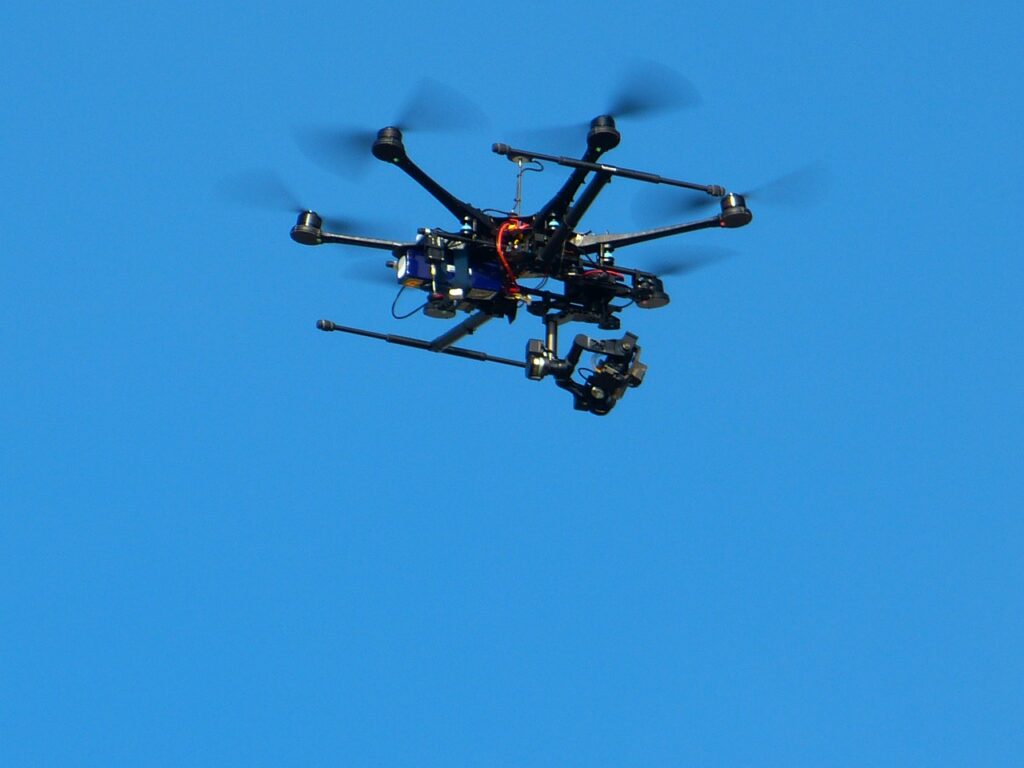About Us
SFOC in Canada, step by step guidance
Operating drones for commercial purposes in Canada requires adherence to regulations set forth by Transport Canada (TC), ensuring safety and compliance with airspace regulations. For operations involving drones weighing more than 25 kilograms, applying for a Special Flight Operations Certificate (SFOC) is mandatory. Here’s a comprehensive guide on how to navigate the process:
Step 1: Understand Requirements
You’ll need to generate a separate Visual Line of Sight (VLOS) SFOC for each drone platform weighing over 25 kilograms. This involves customized documentation tailored to each platform, including changes to flight manuals, training, technical specifications, and Specific Operational Risk Assessment (SORA) information.
Step 2: Contact TC RPAS Inspector
Initiate communication with TC RPAS Inspector via email at TC.RPASCentre-CentreSATP.TC@tc.gc.ca to understand the specific requirements for your VLOS SFOC. Inquire about necessary documentation such as Manufacturer Safety Assurance Declaration for advanced environments.
Step 3: Fill out SFOC Application
Download and complete the latest SFOC Application form from the TC website. Fill out a separate application for each drone platform and ensure accuracy in the provided information.
Step 4: Utilize VLOS Matrix Checklist
Download and complete the latest SFOC Application form from the TC website. Fill out a separate application for each drone platform and ensure accuracy in the provided information.
Step 5: Prepare Specific Operational Risk Assessment (SORA)
Follow the SORA guidelines provided by TC, which include developing a Concept of Operations (CONOPS), Safety Plan, Emergency Contingency Plan, and Emergency Response Plan. This process may take several months to complete
Prepare and provide the following documentation for each drone platform:
- Operations Manual
- Emergency Procedures
- Maintenance Manual
- Training Manual
- Flight Manual of RPAS platform
- Relevant certificates and authorizations
Step 6: Conduct Site Survey
Conduct a site survey as per Canadian Aviation Regulations (CAR) requirements, ensuring the VLOS operation is at least 3 nautical miles from the center of an airport.
Step 7: Submit Application
Email all completed documentation to TC.RPASCentre-CentreSATP.TC@tc.gc.ca with a subject line indicating the request for VLOS SFOC for each RPAS platform. Include SFOC Application and VLOS Matrix Checklist in MS Word format.
Step 8: Review and Approval
TC RPAS Centre will review the submitted documentation and correspond with any necessary updates or revisions. Once approved, TC will typically issue a one-year SFOC.
Additional Considerations:
- The process of obtaining a VLOS SFOC is time-consuming and requires meticulous attention to detail.
- Companies offering SFOC documentation templates can streamline the process, albeit at a cost.
- For operations at the Foremost UAS Test Range, similar SFOC documentation is required, including a BVLOS Matrix Checklist and additional operational procedures.
In conclusion, applying for a Special Flight Operations Certificate in Canada involves thorough preparation, adherence to regulations, and effective communication with regulatory authorities. By following these steps diligently, drone operators can ensure safe and compliant operations in Canadian airspace.
Experience Matters:
At AUAV, we have the expertise and success cases in applying for SFOCs. Our professional team understands the intricacies of the process and can assist you in navigating through the regulatory requirements efficiently.
Contact AUAV today to learn more about our SFOC application services and how we can help you achieve your drone operation goals.

